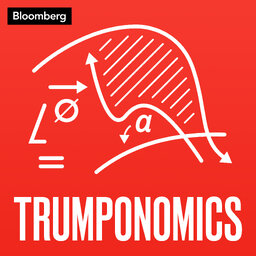Chinese Workers Are Saying Enough Is Enough, and Xi Is Not Amused
The so-called great resignation that’s confounding businesses in the West has a counterpart in a most unlikely place: China. This week, we offer a double dose of China’s “lie flat” movement, which is challenging the nation’s historic industriousness, as well as a glimpse into how America’s massive pandemic bailout juiced spending, especially among historically disadvantaged groups.
First, Hong Kong-based economics reporter Tom Hancock explains why many Chinese workers are suddenly whiling away the hours playing online games instead of toiling on the factory floor. After years of clocking in at 9 a.m. and clocking out at 9 p.m., six days a week, some are saying enough is enough. Bloomberg Opinion columnist Shuli Ren shares how President Xi Jinping isn’t amused with this trend. China’s leadership meanwhile is eager to stop pumping out so many university graduates, preferring instead to steer youth into vocational training and high-value manufacturing. The hope is to replicate Germany’s success.
Next, data reporter Andre Tartar unearths some revealing credit and debit card numbers to show how government payments during the pandemic boosted spending by Black Americans as much as 40% over 2019 levels. For a time at least, it shrunk the nation's persistent racial wealth gap. Finally, Hong Kong reporter Oanh Ha shares why some big food producers are betting that soon you may be getting some of your protein from crickets.
 Trumponomics
Trumponomics


